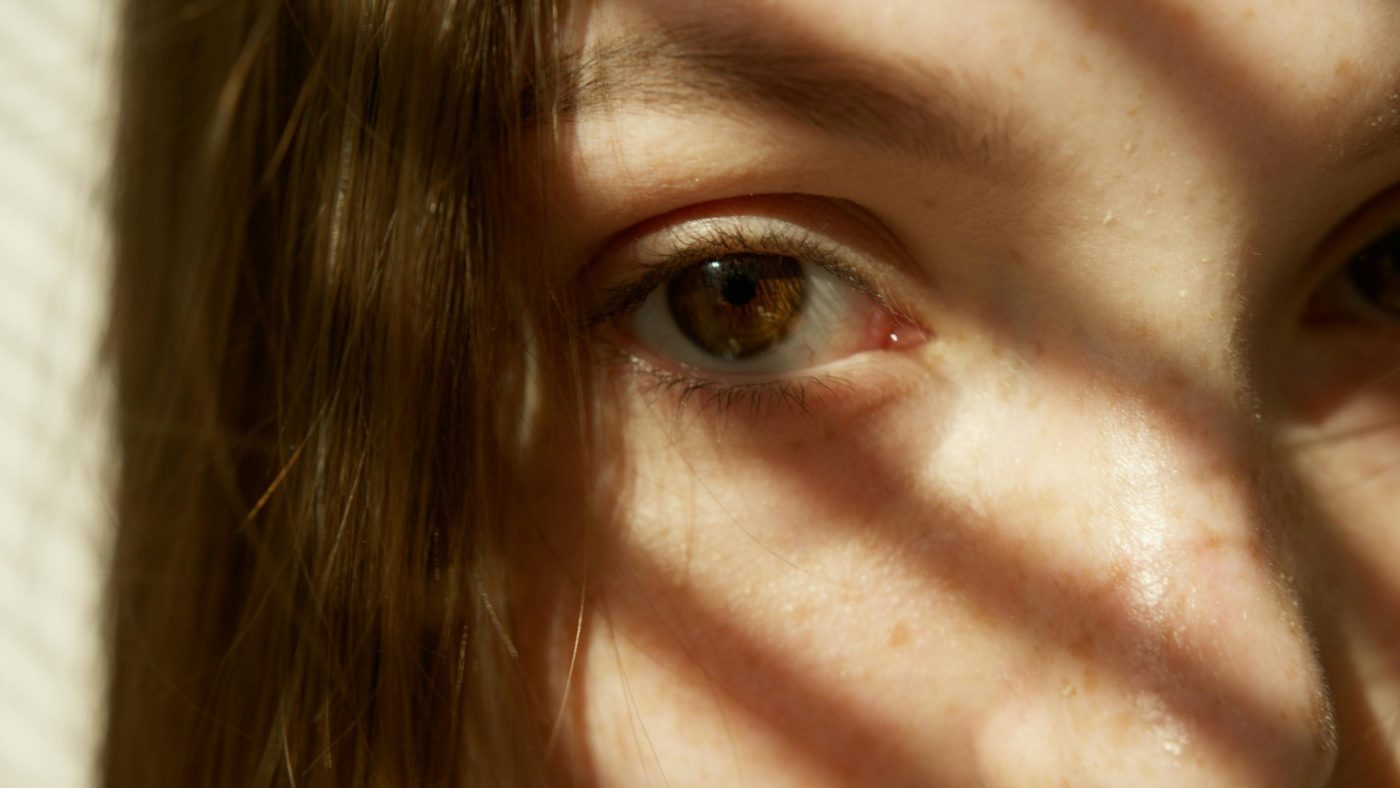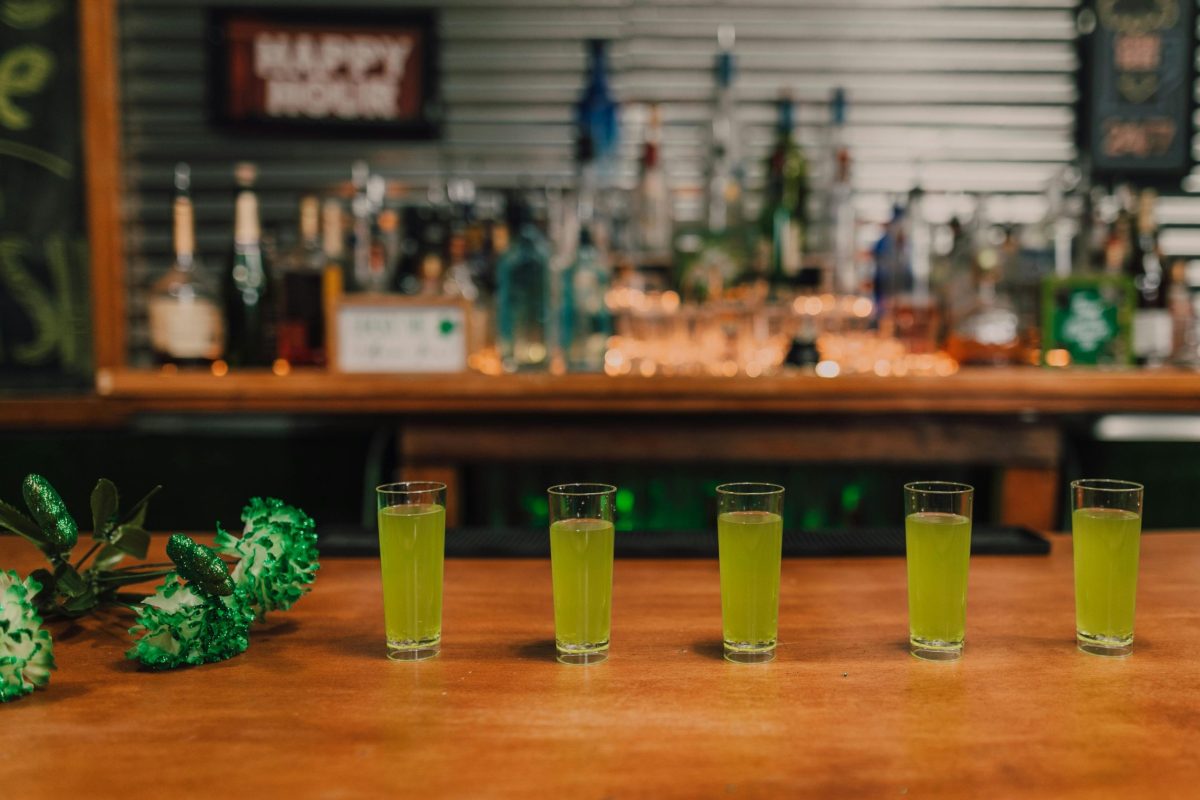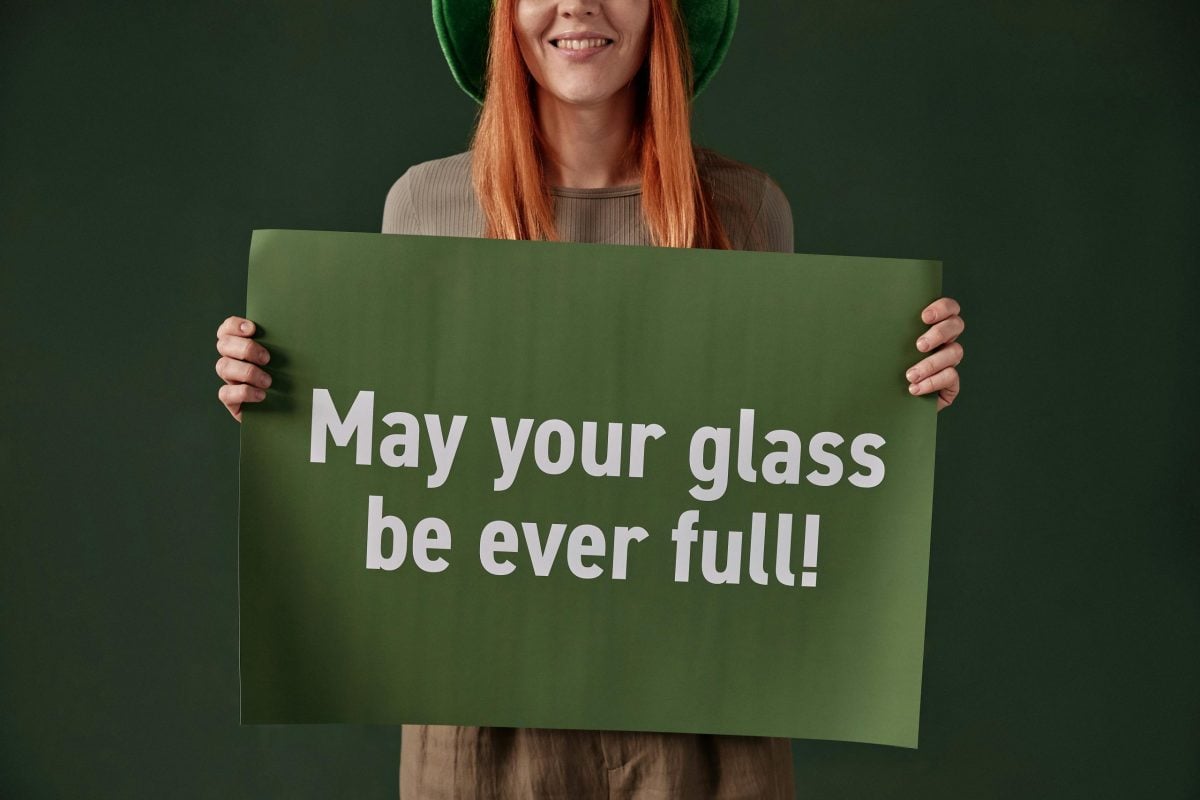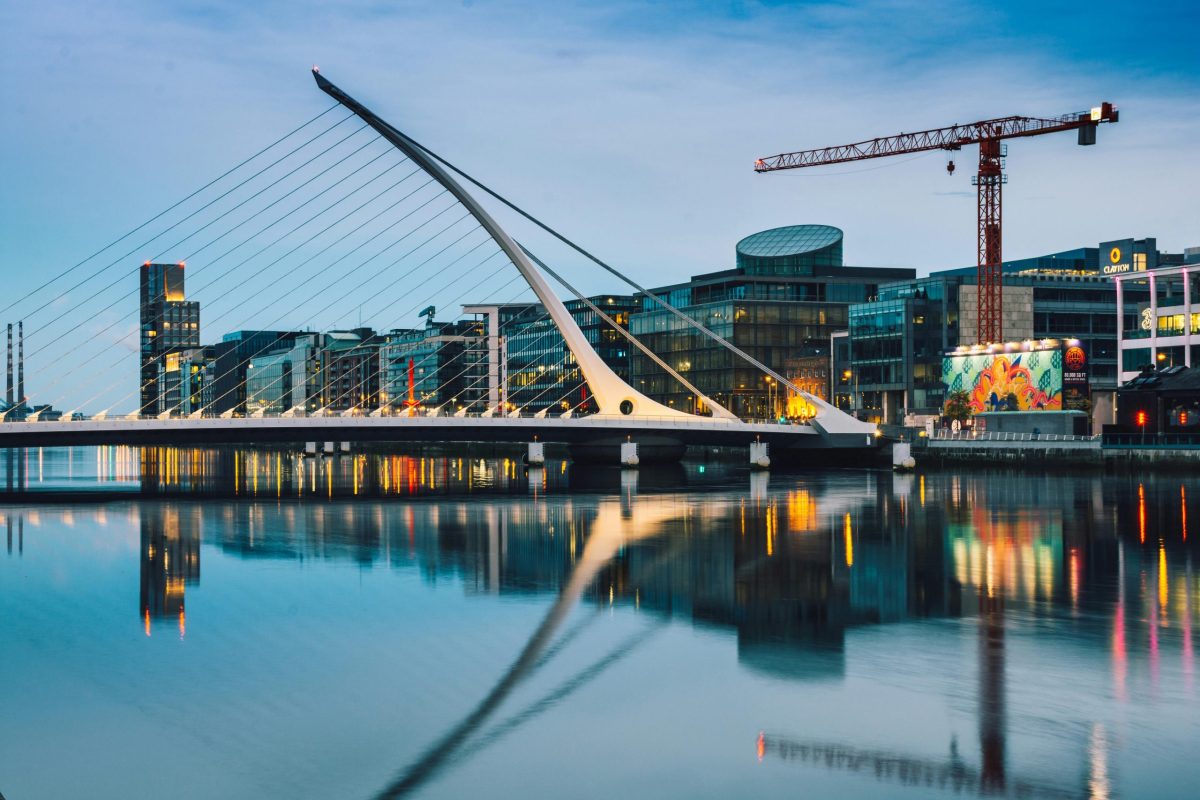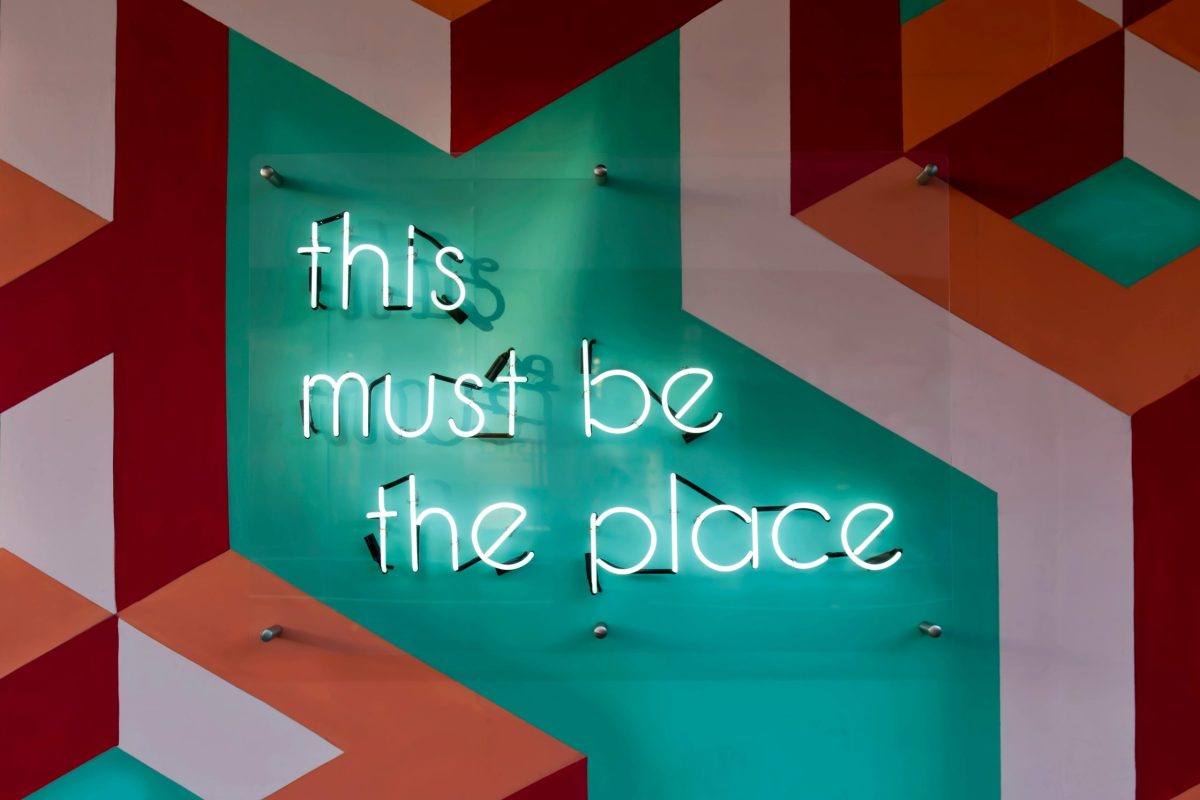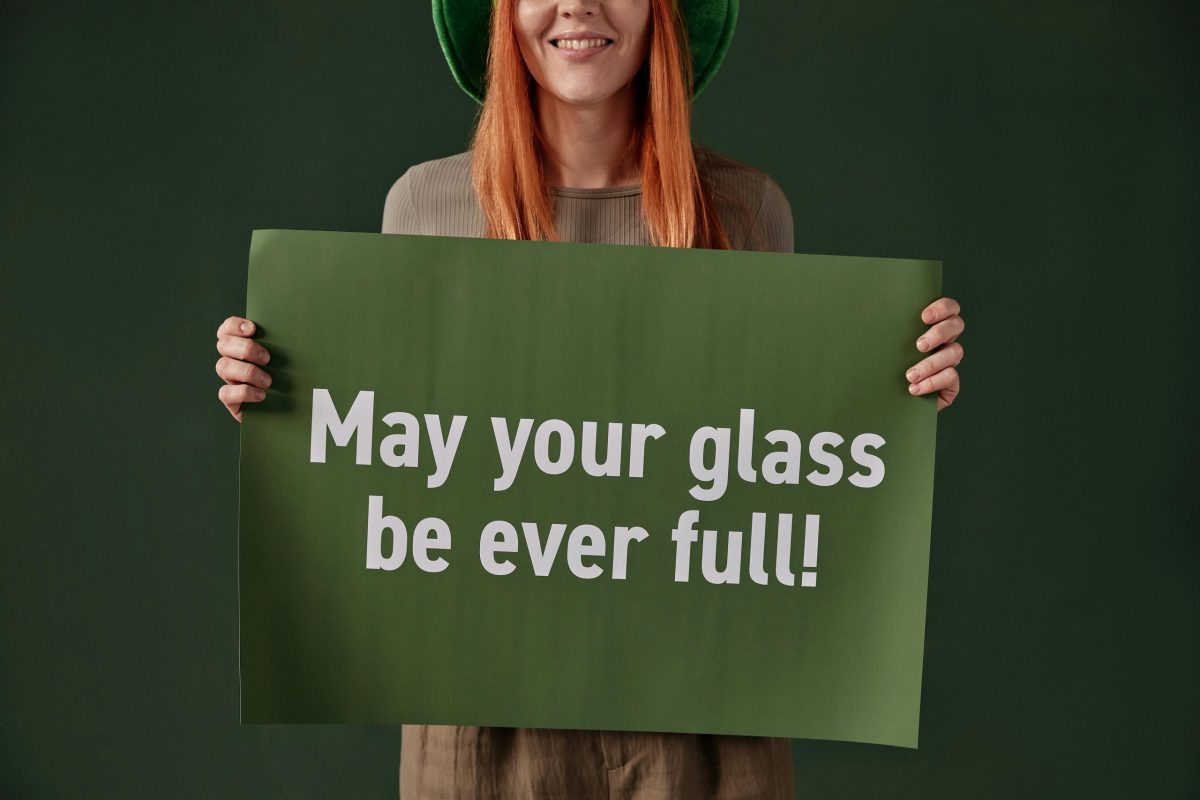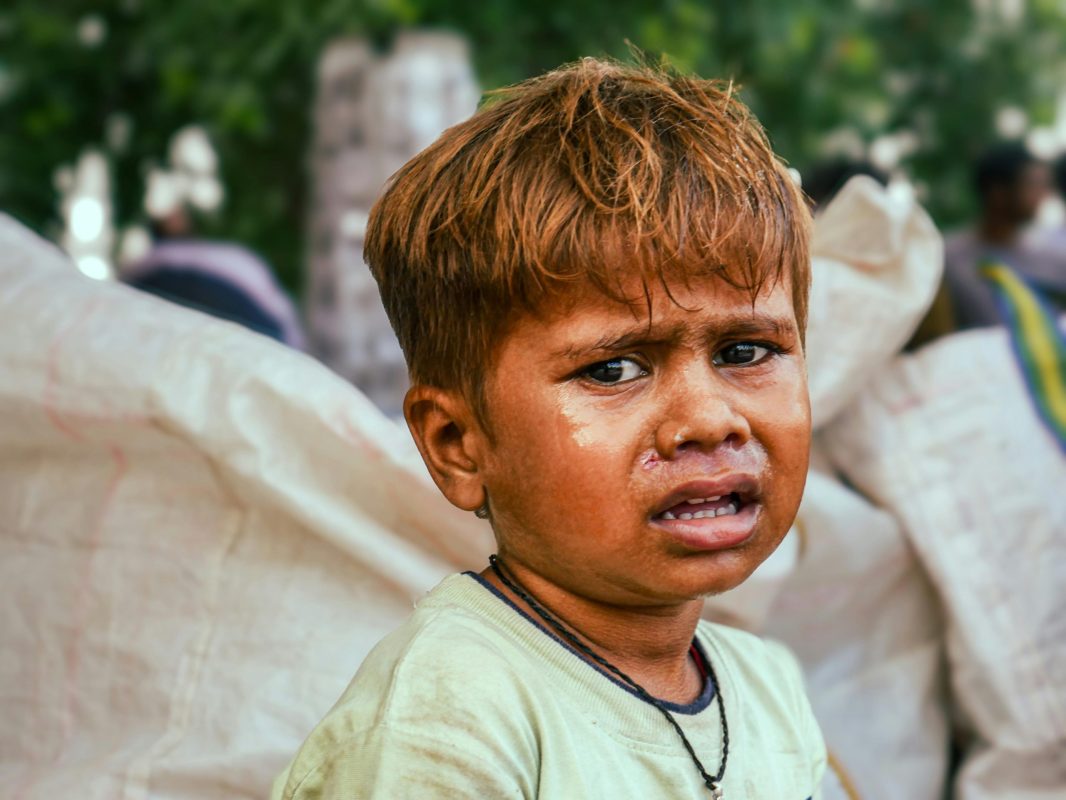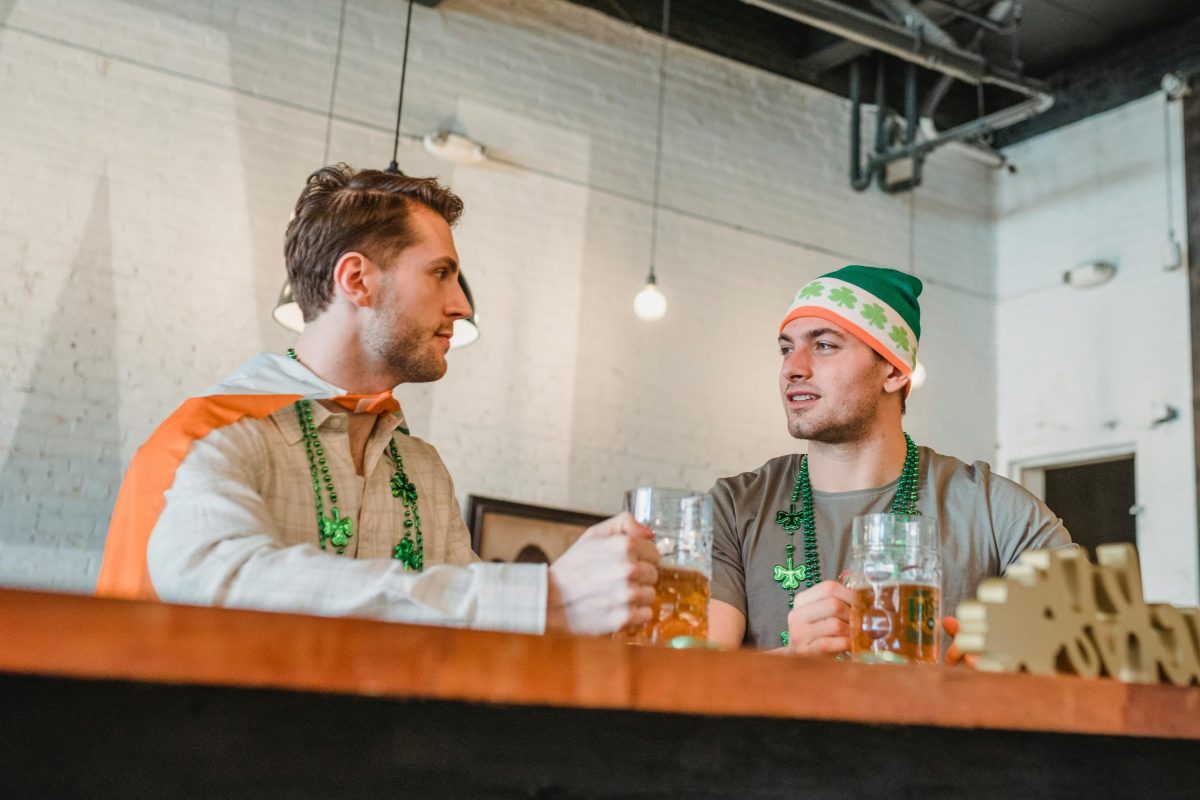From Potato Famine to Pizza Shops: How the Irish Culinary Legacy Reshaped a Nation’s Identity
Estimated reading time: 5 minutes
Key Takeaways
- The Irish culinary legacy is shaped by history and resilience, particularly during the Great Famine.
- Food serves as a powerful link between the Irish diaspora and their roots, influencing cuisines worldwide.
- Modern interpretations of traditional recipes reflect the evolving nature of Irish identity.
Table of Contents
Introduction
The Heart of the Story
The Wider Echo
The Now & The Next
Did You Know?
FAQs
Final Word
Introduction
Ah, gather round, me hearties! We’re about to take a merry jaunt through time, from our forebears, starved and broken, clutching at dreams across the wild Atlantic, to the bustling pizza shops on both sides of the pond. In the warm embrace of family kitchens and the hush of smoky pubs, from the first wave of immigrants laboring on New York’s docks to the sleek modern restaurants in Dublin, we find the story of us—how the Irish, through grit, laughter, and our undying love for good grub, have shaped an identity that stretches far beyond just potatoes.
The Heart of the Story
Let’s set our scene in Wexford, where the landscape smiles with endless fields, lilting hills, and the whispers of each generation that’s walked that soil. It’s not just the land that bears witness, however; it’s the food they create. The potato, a humble spud, birthed our nation and gave us a reason to soldier on through the Famine. But my word, did we ever take it far! From boxty pancakes that dance on the griddle to a savory colcannon that warms the soul, we turned that simple tuber into culinary praise. After heartbreak, your man would find solace lifting a fork, feasting on hearty stew, shared with the kindred spirits that reminded us of home.
The Wider Echo
But let’s not forget the diaspora—our children scattered like dandelion seeds, taking the spirit of Ireland with them. In Boston, the pub doors swing wide as the aroma of shepherd’s pie meets the clink of glasses. In Sydney, a thrilling mix of curry and coddle celebrates the blend of cultures. It’s a beautiful cacophony that has propelled our identity into all corners of the globe—proof that even when the tables turn, the essence of what it means to be Irish stays with us, no matter how many slices of pizza or portions of pad thai we devour. “You can take the Irish from Ireland, but you can’t take Ireland from the Irish,” as the saying goes.
The Now & The Next
Fast-forward to the present, and you have Kerry kids in Brooklyn and Cork students hustling in the culinary scene of London. They’re twisting up our old recipes—finding soul food in burgers and burritos, always exploring and expanding our culinary narrative. It’s more than just the food; it’s celebrating our roots with a global twist. Let’s toast to them and their madness—for every slice shared, every laugh, every taste brings us one step closer to reconciling our past with our future. Because let’s be real: whether it’s a bowl of potato soup or a fancy pizza topped with ‘Irish’ smoked salmon, it’s the stories, the heart, that makes our legacy rich.
Did You Know?
- The Irish diaspora is one of the largest in the world, with over 70 million people of Irish descent around the globe.
- The average Irish person consumes over 100kg of potatoes each year, making them a staple of our diet, and alive in every dinner!
FAQs
What is the significance of potatoes in Irish culture?
Potatoes symbolize resilience and have been a staple food for centuries, shaping our identity, particularly during the Great Famine.
How has Irish cuisine evolved in the diaspora?
Irish cuisine abroad has taken on a life of its own, merging with local flavors, but always keeping that hearty Irish essence at its core.
Final Word
So there you have it, lads and lassies! From the stoic roots of famine to the bustling streets of today, the pride of the Irish culinary legacy is something we each carry, no matter where we might roam. If you carry the same pride we do, you’ll find a piece of home waiting at
HubIrish.com.

